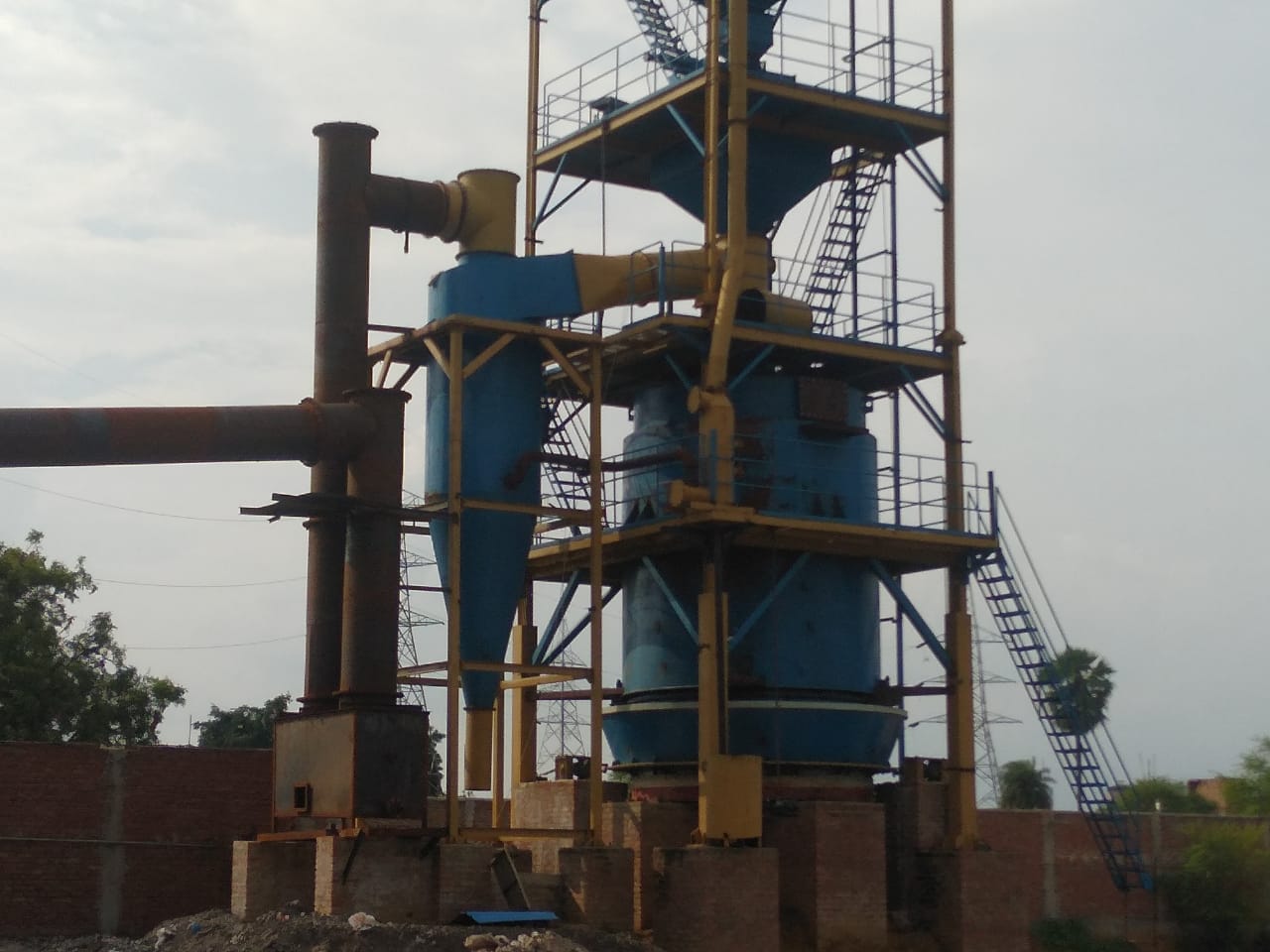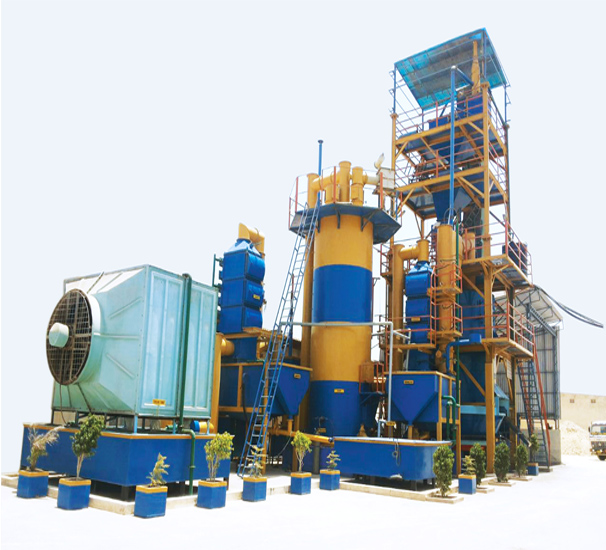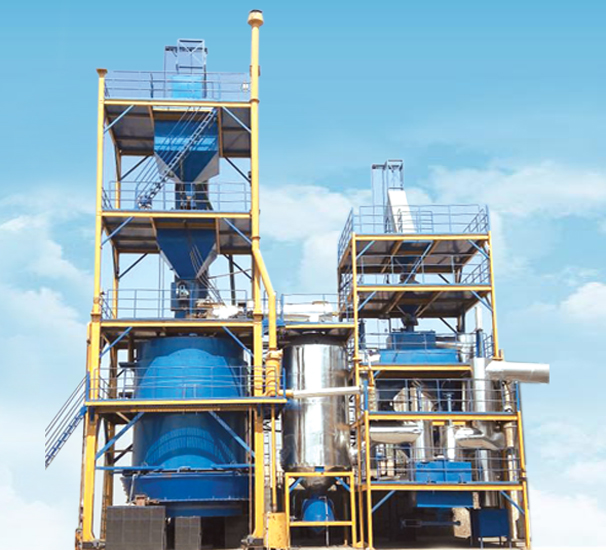Gasification is mainly a thermo-chemical process that converts organic/ fossil fuel, agro solid waste and bio-solid waste based carbonaceous material in to carbon monoxide, hydrogen and methane as a useful clean and combustible gaseous fuel called PRODUCER GAS or SYNGAS.
This is achieved by reacting these types of material at high temperature without combustion, with a controlled amount of oxygen and steam. The advantage of gasification technology is having more energy efficient than direct combustion of fuel. In early days of gasification technology coal was gasified and was piped to customers for illumination, heating and cooking named was COAL GAS. High prices of fossil fuel like oil and natural gas leaded keen interest in gasification process. Now this technology is widely accepted all over the word and supported and approved by some organizations like UNO, UNDP, DEOUSA, FAO, MNRE……many more.
UDHG Basic Hot Gasification

This is the most basic technology in gasification. In this gasification technology producer gas coming out from reactor directly been used for application. It means there will be no any particular cleaning or scrubbing required for gas. Application like mineral drying, steel rolling mill, where dusty gas will not affect the final product.
UDCCG Cool and Clean Gasification

UDHF Ultimate Hot Clean Filtaration Gasification

It is newly developed modified up-draft hot clean gasification technology, has more advantages rather than old traditional gasification technology. It is totally TAR and phenolic water free process. This technology gives both unique features of COLD and HOT gasification technologies, will give precise automation and more energy efficient producer gas.
WHO?
- Any industry using fuel like LPG, CNG, FO, HSD, Pet Coke
- Ceramic Industry
- Steel Industry
- Mineral Industry
- sponge Iron Industry
- pharma industry
- Glass industry
- Refractories
WHY?
- To decrease production cost drastically.
- To Reserve rapidly decreasing fossil fuel.
- To save environment
- To decrease green house effect
- To sustain in compitative market.
HOW?
- Costly fuel like LPG, CNG, FO, HSD, etc.. can be easily replaced by Gasificaion of low cost coal/Biomass.
- Gasifire will generate low calorific value (1100-1250 Kcal/M3) producer gas.
- This producer gas will replace your costly fuel.
- Some modification at combusion system is required.
What is Gasification?
Gasification is mainly a thermo-chemical process that converts organic/fossil fuel, agro solid waste and bio-solid waste based carbonaceous material in to carbon monoxide, Hydrogen and methane as a useful and combustible gaseous fuel called PRODUCER GAS or SYNGAS.
This is achieved by reacting these types of material at high temperature without combustion, with a controlled amount of oxygen and steam. The advantage of gasification technology is having more energy efficient than direct combustion of fuel.
In early days of gasification technology coal was gasified and was piped to customer for illumination, heating and cooking named was COAL GAS. High prices of fossil fuel like oil and natural gas leaded keen interest in gasification process.
Now this technology is widely accepted all over the world and supported and approved by some organizations like UNO, UNDP, DEO USA, FAO, MNRE…many more.
Main reactions in gasification process
- Combustion C + O2 = CO2 + Heat
- water gas C + H2O + Heat = CO + H2
- water shift Reaction CO + H2O = CO2 + H2 + Heat
- Boudouard Reaction C + CO2 + Heat = 2CO
- Methane Reaction C + 2H2 = CH4+ Heat
The chemical composition of producer gas is as under
(The gas composition may slightly differ depending upon the fuels)
Carbon Monoxide (CO) : 20 ±2%
Methane (CH4 ) : 03±1%
Hydrogen (H2 ) : 18±2%
Carbon Dioxide (CO2 ) : 06±2%
Nitrogen (N2 ) : 50±5% (Balance)
CV of Producer Gas : 1200-1300 KCal/NM3
Green Technologies